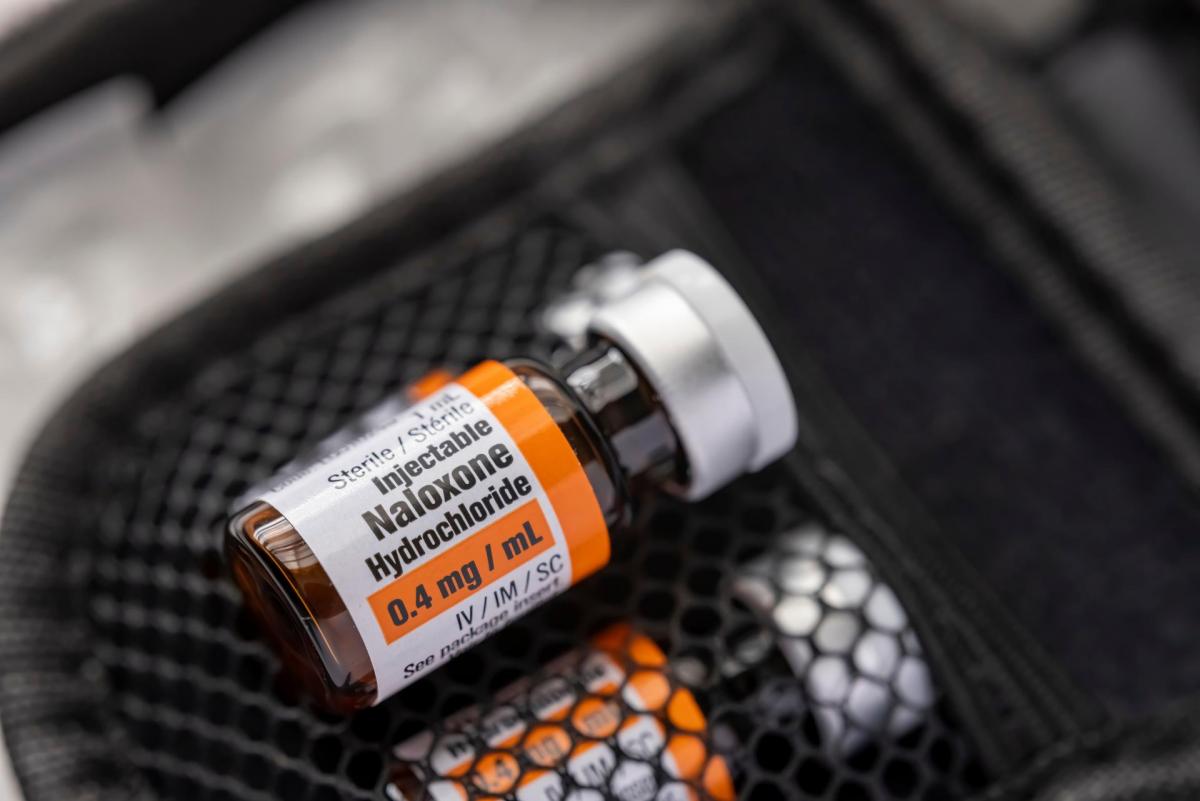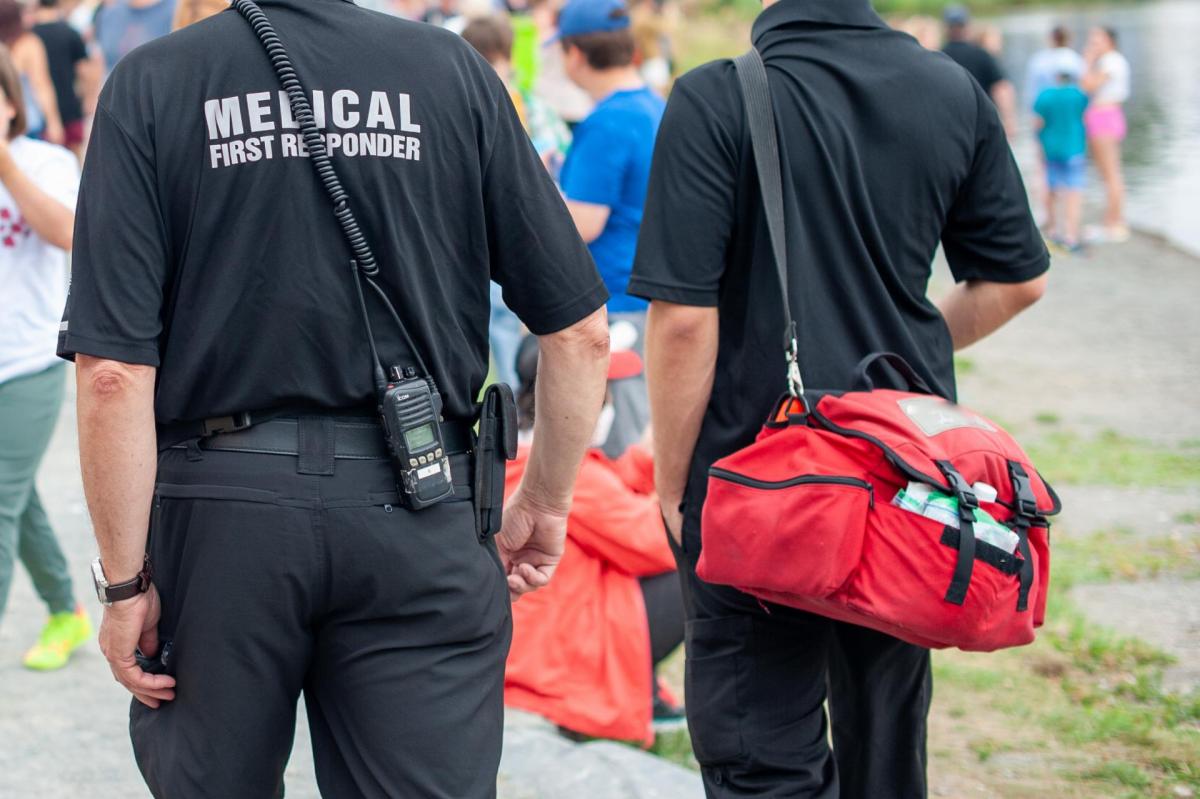What cities need to know about naloxone distribution
Alex Mellor is a senior risk manager for the California Joint Powers Insurance Authority; he can be reached via email.
Advertisement
Fentanyl, a synthetic opioid, is behind an alarming spike in drug overdose deaths throughout the state. Based on preliminary data, in 2021 there were 6,843 opioid-related overdose deaths in California. Nearly 6,000 of those deaths were related to fentanyl. Tragically, 224 teens were among those that died from fentanyl-related overdoses.
While more can be done at the state and federal levels to end this tragedy, cities have at least one tool at their immediate disposal to help reduce the number of overdose deaths. In 2017, the California Department of Public Health issued a statewide standing order allowing community organizations and other entities to obtain and distribute naloxone without a prescription.
Naloxone is a life-saving medication used to reverse an opioid overdose. It attaches to opioid receptors in the brain to block the effects of opioids. Naloxone only works in the body for 30-90 minutes and is not a substitute for emergency medical care.
A large-scale nationwide study found that states with legislation granting broad access to naloxone reduced opioid overdose mortality by 14%. Another study published in Addictive Behaviors journal found that high rates of naloxone distribution among laypeople and emergency personnel could prevent 21% of opioid overdose deaths. That same study concluded that most overdose death reduction is attributable to the increased distribution of naloxone to laypeople and emergency personnel.
“There is little risk associated with supplying naloxone to employees who may come into contact with individuals experiencing an opioid overdose,” said Melaina Francis, a senior risk manager with the California Joint Powers Insurance Authority (California JPIA), a municipal self-insurance pool. “Naloxone is a safe and effective way to reverse an opioid overdose. It is administered as a nasal spray or injection and has no known side effects.”
The liability exposure for cities is minimal because naloxone has no effect if unintentionally administered to an individual without opioids in their system. Moreover, statutes like California’s Good Samaritan law protect people who act in good faith to assist someone experiencing a medical emergency.
However, because of the cost and limited supply of naloxone, cities should still be selective about which employees can carry it. The California JPIA recommends that public safety, public works, community services, and any other employee who may reasonably encounter individuals who are unhoused or experiencing opioid addiction carry naloxone.
“In Duarte, we currently permit public safety field officers, including code enforcement, animal control, and outreach coordinators, to carry Narcan and have already experienced success stories with its use,” Duarte Public Safety Manager Larry Breceda said.
According to Breceda, the Los Angeles County Sheriff’s Department allows deputies to carry naloxone. In November 2022, sheriff deputies successfully saved the lives of two unresponsive teenagers in Duarte suspected of overdosing on fentanyl by administering naloxone and first aid.
In another incident, two people experiencing homelessness ingested a large amount of fentanyl and overdosed, prompting field officers to administer naloxone to save their lives.
The California JPIA encourages cities to implement a policy outlining which employees can receive, store, monitor, and distribute naloxone and report on its usage. The policy should also address frequency and documentation of training, appropriate storage, procedures for issuing naloxone to authorized staff, reporting methods, and sample forms to appropriately document any dose distributed or administered by staff per the state’s standing order requirements.
To take advantage of the standing order, cities must first apply for permission and provide training to affected employees. Cities can use a training video to meet this requirement. Local fire departments may also offer training. Francis noted that training should be documented and performed periodically — i.e., every 1-3 years.
Obtaining naloxone requires another application through the Naloxone Distribution Project. This requires a prescription or participation in the standing order. Additional information on naloxone, the standing order, or the distribution project is available through the California Department of Public Health website.
Providing innovative risk management solutions for its public agency partners for more than 40 years, the California Joint Powers Insurance Authority is one of the largest municipal self-insurance pools in the state, with more than 120 member cities and other governmental agencies. Members actively participate in shaping the organization to provide important coverage for their operations. The California JPIA provides innovative risk management solutions through a comprehensive portfolio of programs and services, including liability, workers’ compensation, pollution, property, and earthquake coverage, as well as extensive training and loss control services. For more information, please visit cjpia.org.


